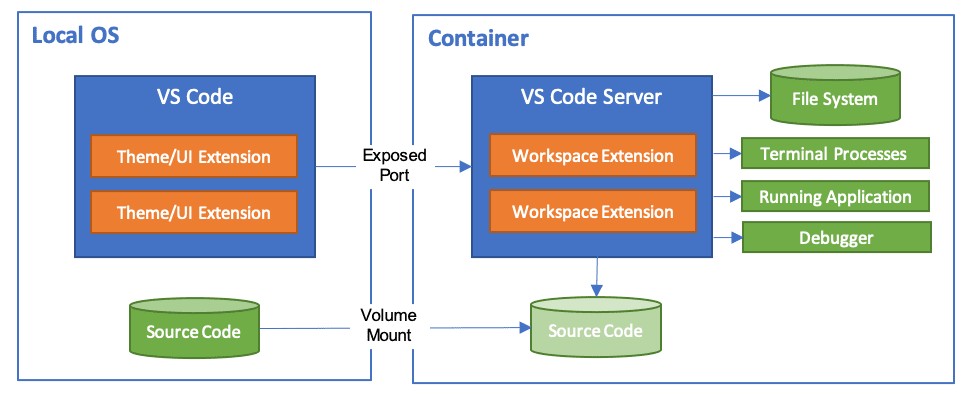- Watched: Week 3 - Live Streamed Video – Decentralized Authentication
- Watched: Week 3 - Cognito Custom Pages
- Watched: Week 3 - Cognito – JWT Server Side Verify
- Watched: Week 3 - Exploring JWTs
- Watched: Week 3 - Improving UI Contrast and Implementing CSS Variables for Theming
- Watched: Week 3 - Security Considerations - Decentralized Authentication
- Followed livestream video to implement custom sign-in. Got to the point where I got the same error:
Cannot read properties of null (reading 'accessToken')
- Ran the following command on my user created in Cognito to force a permanent password:
aws cognito-idp admin-set-user-password \
--user-pool-id <your-user-pool-id> \
--username <username> \
--password <password> \
--permanent
- Updated Sign-In Page
- Now able to sign in properly.
- Recreated my user pool multiple times to fix the fields for email, preferred_username, and name.
- Updated values in docker-compose.yml and restarted - now able to sign up and log in.
- Updated Recovery Page with onsubmit send/confirm code.
- Tested password recovery - it does send an email with a verification code.
- Confirmed I am able to register and log in, and my user is created and valid in Cognito:
- Updated SignupPage.js with modified code.
- Adjusted setErrors to remove Cognito references.
- Updated ConfirmationPage.js with modified code.
- Adjusted setErrors to remove Cognito references.
- Updated RecoveryPage.js with modified code.
- Adjusted setErrors to remove Cognito references.
- Watched video on setting up server side JWT Verify
- Added CORS code change in app.py to allow Authorization header
- Set INFO logging for the header and confirmed it works:
- Added Flask-AWSCognito to requirements.txt and rebuilt
- Repo: https://github.com/cgauge/Flask-AWSCognito
- Went through the same steps to get this working until we hit the limitation on requiring a secret
- Removed all of the references to the Flask-AWSCognito library (wish we knew this and could have saved time)
- Started new code at 24:45 in video. Right at the end of the video Andrew shows where to get the code for the auth...
- "...you could just copy and paste it out of there, and save yourself a lot of trouble."
How I'm feeling after all that
- Followed through rest of video and reviewed commit history to pull in the required code, make adjustments to get auth working.
- Rebuild and brought up containers and confirmed auth is working and I'm able to log in and out.
- Watched video on exploring JWTs
- Watched video on Improving UI Contrast and Implementing CSS Variables for Theming.
- Followed along and made adjustments to UI code.
- No video or quiz this week due to instructor illness.
- Watched: Week 3 - Security Considerations - Decentralized Authentication
- Completed security quiz.
- A number of students were mentioning in Discord that they were running out of Gitpod credits, and spending time converting their configuration to run on Github Codespaces.
- The problem with this, is that the configuration files are completely different, and many of the URLs need to be changed in order to function.
- One of the main reasons we were advised not to use our local computer for the bootcamp was all of the different hardware and software configurations would be impossible to troubleshoot if issues occurred.
- It was important for us all to have a similar/consistent development environment, with the same dependencies and software.
- One of the other reasons was so that when reviewing progress for each week, Andrew could just launch the repository in Gitpod to check on things.
- Dev Containers solve all of these problems. It provides a Dev Environment which can be defined in code using a devcontainer.json file, and a Dockerfile.
- It allows to create a workspace image with all of the dependencies and software built in, to prevent having to install all of the software every time it is launched.
- Developed a configuration that was based on the Gitpod image, added specific dependencies for npm, pip, postgres, etc.
- Pulled in all of the environment variables from the OS to the container
- Built and tested on Linux and Windows, provided steps for Windows 11 in the article written with all the details.
- Multiple students were able to test this and get it working successfully.
- Took approximately 12 hours over 2 days to research, develop, test, and document.
- Bonus: Github Codespaces uses Dev Containers - the developed configuration may be compatible with Github Codespaces.




